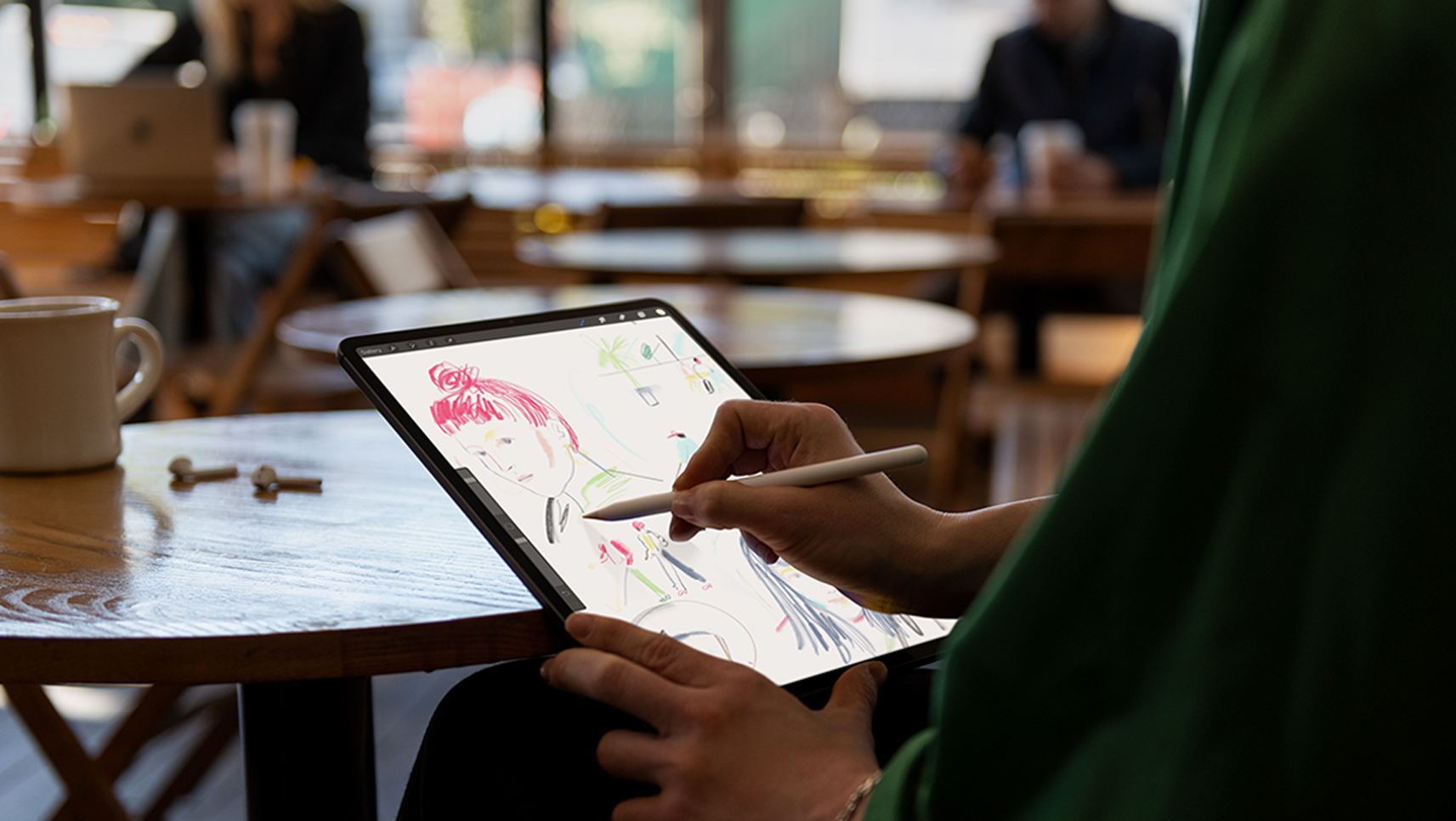
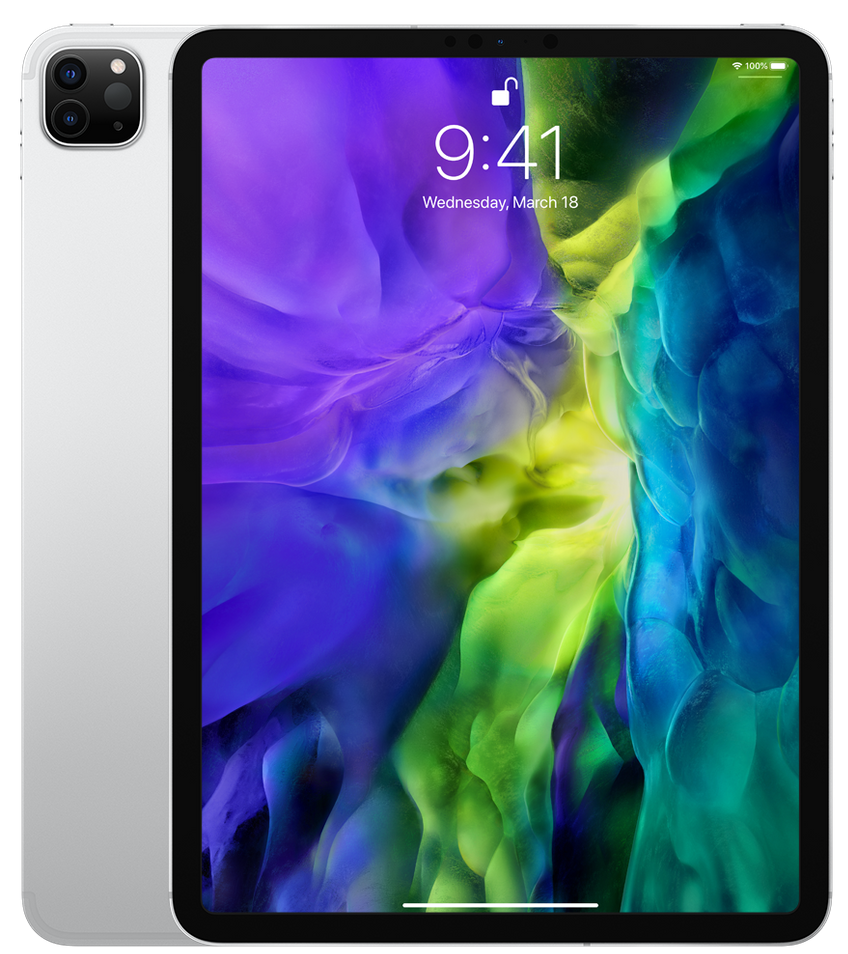
Future proof
The 2020 iPad Pro has some fantastic advanced new features for pro content creators, video editors, and AR developers, but do you need all of that?
For
- 10MP ultra-wide camera
- Advanced mic & speaker system
- LiDAR scanner for AR
- 4K video support
- A12Z processor chip
Against
- Expensive
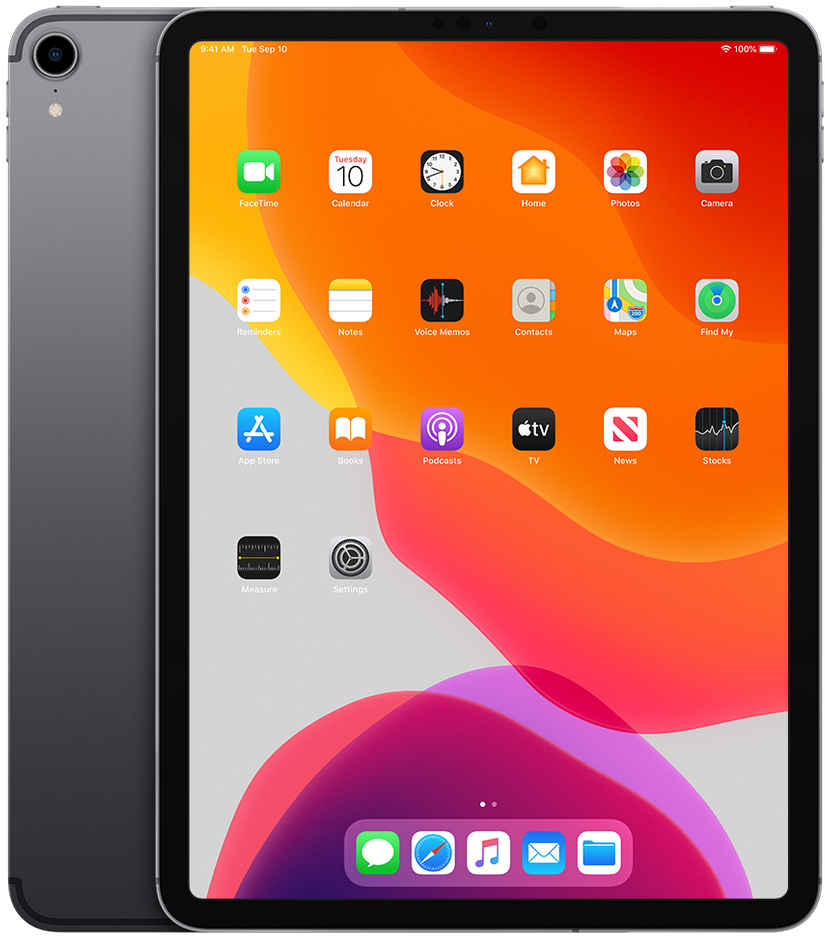
Perfect for most
If you're already the proud owner of the 2018 iPad Pro, you can still be proud of your device. The new features for 2020 are specifically for content creators, video professionals, and AR developers.
For
- Less expensive (and price will drop)
- Enough pro features for most
- Fast enough processor for most
- Works with Magic Keyboard with Trackpad
Against
- Missing pro video and content creation features
- No ultra-wide camera
Apple's iPad lineup is worth buying at any price, but it is also will sometimes go on sale on Black Friday. Check out this year's Black Friday iPad deals going on now!
The 2020 iPad Pro is faster and has advanced camera features, including a LiDAR scanner that uses direct time of flight, which makes augmented reality precise, realistic, and more advanced than ever. When comparing the iPad Pro 2020 vs 2018, it is just as advanced, in many ways, as the 2020 version, except for a few key features that content creators and video professionals will love. Which one is the best iPad for you? Let's find out.
iPad Pro 2020 vs 2018: What are the differences?
Though the big features of the 2020 iPad Pro seem like a major upgrade to some (read our iPad Pro review for more details), the choice comes down to how you use, or plan to use, it. Do you write a lot of documents, work with spreadsheets, draw, sketch, or play video games? Your 2018 iPad Pro may be all you need. Are you a content creator, video editor, or an AR developer? This may be your year to upgrade. Let's get into the details.
| Header Cell - Column 0 | iPad Pro (2020) | iPad Pro (2018) |
|---|---|---|
| Starting price | $799 | $779 (and dropping) |
| Screen size | 11-inch12.9-inch | 11-inch12.9-inch |
| Resolution | 2388-x-1668 11-inch2732-x-2048 12.9-inch | 2388-x-1668 11-inch2732-x-2048 12.9-inch |
| Storage capacity | 128GBB256GB512GB1TB | 64GBB256GB512GB1TB |
| Processor | A12Z Bionic8-core CPU8-core GPU | A12X Bionic8-core CPU7-core GPU |
| Coprocessor chip | M12 | M12 |
| Face ID | Yes | Yes |
| Camera system | 12MP wide-angle10MP Ultra-wide | 12MP Wide |
| Video recording | 4K at 24, 30, or 60 fps (wide)6o fps (ultra-wide)1080p HD at 30 or 60 fps720p HD at 30 fps | 2160p HD at 30 or 60 fps1080p at 30, 60, or 120 fps, 720p at 240 fps |
| LiDAR | Yes | No |
| Battery life | - Up to 10 hours of web on Wi-Fi or watching videos- Up to 9 hours of web using cellular | - Up to 10 hours of web on Wi-Fi or watching videos- Up to 9 hours of web using cellular |
| Apple Pencil support | 2nd-gen | 2nd-gen |
| Colors | SilverSpace gray | SilverSpace gray |
| RAM | Reported 6GB RAM for all models | 4GB standard6GB for 1TB model |
As you can see, a lot of the features are exactly the same with a few key exceptions having to do with the camera, video recording, the graphics processor, and LiDAR support. Are these features important to you? Read on to see if you should upgrade.
Single-camera vs dual camera: Do you need ultra-wide?
Say what you want about iPad photography, but it's always been a thing and it's here to stay. Apple has finally leaned into this by offering up a pretty darn good camera system, similar to that of the iPhone 11.
Apple has finally offered up a pretty darn good camera system, similar to that of the iPhone 11.
When comparing the camera of the iPad Pro 2020 vs 2018, the newer model has a standard 12MP camera lens, just like the 2018 model, but also has a 10MP ultra-wide lens, which allows you to zoom out 2X without any digital computation noise. You can get a better angle of your surroundings, allowing you to tell the visual story with more detail. It has an ever-so-slight rounded edge distortion, which makes long portrait-mode shots look like professional photos.
If you take pictures on your iPad, this is an invaluable feature to have. It really makes a huge difference to have the flexibility to zoom out to get more of the subject matter in your shot.
Master your iPhone in minutes
iMore offers spot-on advice and guidance from our team of experts, with decades of Apple device experience to lean on. Learn more with iMore!
If you don't take pictures on your iPad except for the rare occasion when, maybe, it's the only camera you have nearby to take a quick shot of your cat yawning, this isn't going to be an impressive feature to you. It certainly won't be worth upgrading from the 2018 model over. Save your pennies.
4K video recording vs 1080p: Are you a content creator?
Why would Apple add support for 4K video recording to an iPad? Because the iPad is the perfect video camera for a lot of amateur and professional filming scenarios. If you make videos for YouTube, live stream for Instagram, or if you're an up-and-coming movie-maker (even if you're a long-standing professional looking for a camera to get b-roll or pickup shots with), the 2020 iPad Pro finally supports your needs. The huge viewfinder is a bonus that a lot of filmmakers love. Just don't forget to get a really nice tripod!
There is also a new microphone array, which Apple is calling "studio-quality mics." There are five — count 'em — five mics inside that iPad Pro. If you're just starting out with webcam style filming, or you're on the road and forget your fancy external mic, the built-in mic array of the 2020 iPad Pro is potentially a solid backup.
If you have no desire to make movies or video clips or think the phrase "content creator" is for young people, you could probably pass on the 2020 iPad Pro without ever missing it.
Ultra-fast processing power: Are you an editor or game maker?
Apple's A12Z Bionic chip is marketed as "outpacing most PC laptops available today." It's going to be ultra-fast, especially considering the A12X found in the 2018 iPad Pro is already blazing fast. We don't have official speed benchmarks at this time, but Apple did also update the GPU with an 8-core graphics processor, so graphics-heavy applications are going to be much faster.
The processor bump also sports eight graphics cores, new thermal architecture, and an updated performance controller.
If you edit video, build applications, design games, or otherwise weigh down the graphics of your iPad Pro, this bump in CPU and GPU processing power is significant.
Don't get me wrong, when comparing the iPad Pro 2020 vs 2018, the older model is more than capable of handling some powerful processing. If the only thing you're looking for is a processor upgrade (if you don't edit videos, make movies, develop for AR, etc.), I don't think it's enough to jump from the 2018 model to the 2020 model. Speed benchmarks may prove otherwise, but it's going to be most noticeable to people that use their iPad to work on large graphics files. Less so to the rest of us.
Do you need LiDAR? Are you an AR dev?
If you're asking yourself, "what's LiDar?" right now, then you probably don't need it. That's not to say it isn't something super awesome that you'll want someday.
LiDAR stands for Light detection and ranging. It's a system of lasers (not the red pointer lasers, but light beams) that pinpoints the location of objects in a room. The latest robot vacuums are starting to show up with LiDAR, and Apple has added a LiDAR scanner to massively improve the AR experience.
Now, AR is not particularly ubiquitous in our daily lives right now, which is why I don't think a LiDAR scanner is necessary for everyone. AR developers, yes. AR and VR gamers, probably. It's somewhat of a niche feature right now and intended to be a huge benefit to developers. Consumer use will come later.
If there is any feature on the 2020 iPad Pro that I think is worth the upgrade for just about anyone, it's LiDAR, but at the same time, AR is still in its infancy stages, so you wouldn't be able to take advantage of the scanner all that often ... for now. It's more of an early adopter feature right now.
Bottom line
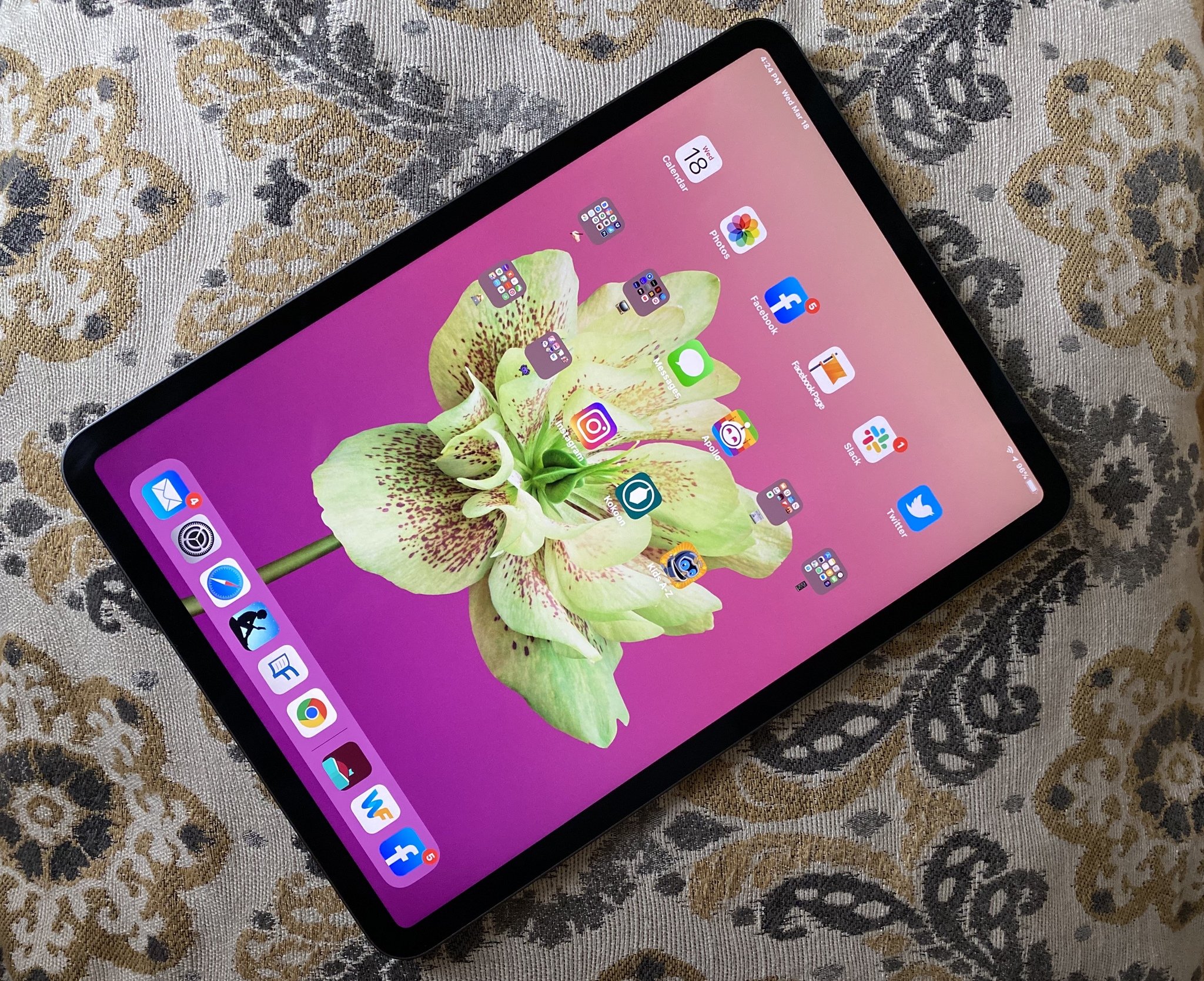
The 2018 iPad Pro is still a strong and powerful machine and if you have one, you know that it still kicks butt. If, however, you're looking for pro-level features for things like AR, video editing, and iPad photography, it may be time to upgrade. Here's a short rundown of the big feature changes in the iPad Pro 2020 vs 2018:
- If you take photos or videos on your iPad regularly, the dual-camera upgrade is a major improvement over the 2018 iPad Pro and you should definitely consider upgrading.
- If you are a content creator or work in video making, 4K support for the iPad Pro is definitely a bonus. The studio-quality microphone array is also going to really help out with your mobile studio needs.
- Though the new processor in the iPad Pro is a healthy bump, it's going to be noticed more by people that run graphics-heavy programs than anyone else. Is that you?
- LiDAR is the coolest new feature on the 2020 iPad Pro, in my opinion, but it's really more for AR developers right now than anyone else. If that's not you, I don't recommend upgrading just for this feature (unless you're an early adopter that just loves new tech, no matter what, in which case, I totally feel you).
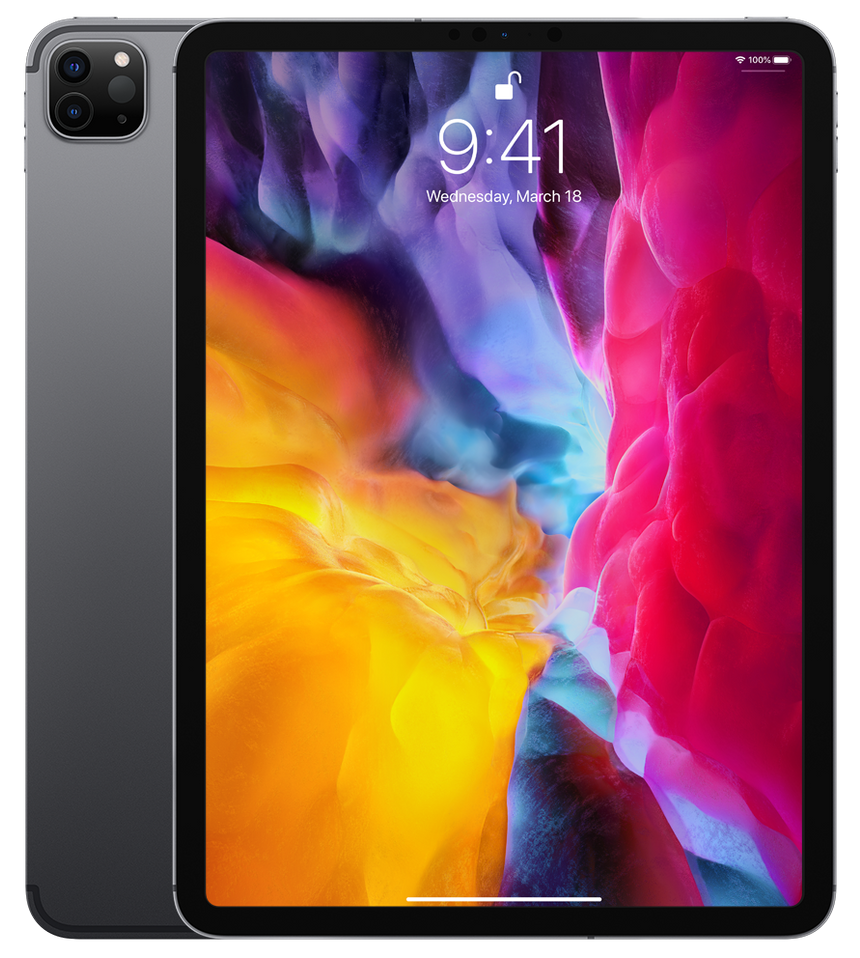
If you are a content creator, video editor, AR developer, or otherwise work with heavy graphics applications on your iPad Pro, the 2020 model is worth the upgrade.

If you're not a content creator, video editor, AR developer, or otherwise work with heavy graphics programs on your iPad Pro, your 2018 model is still plenty awesome.
Lory is a renaissance woman, writing news, reviews, and how-to guides for iMore. She also fancies herself a bit of a rock star in her town and spends too much time reading comic books. If she's not typing away at her keyboard, you can probably find her at Disneyland or watching Star Wars (or both).


